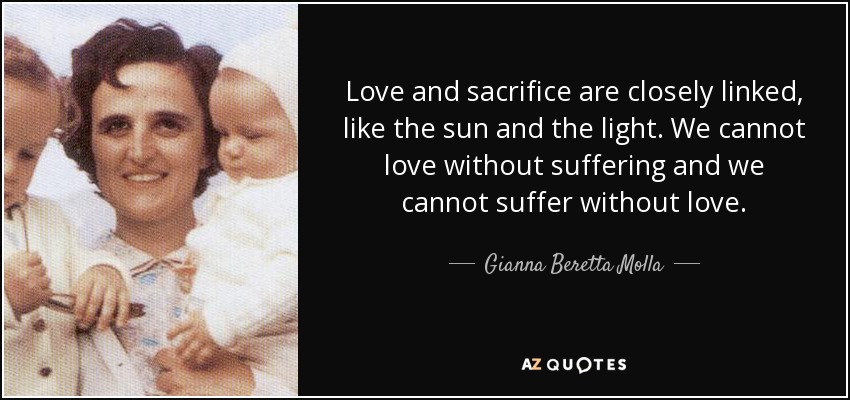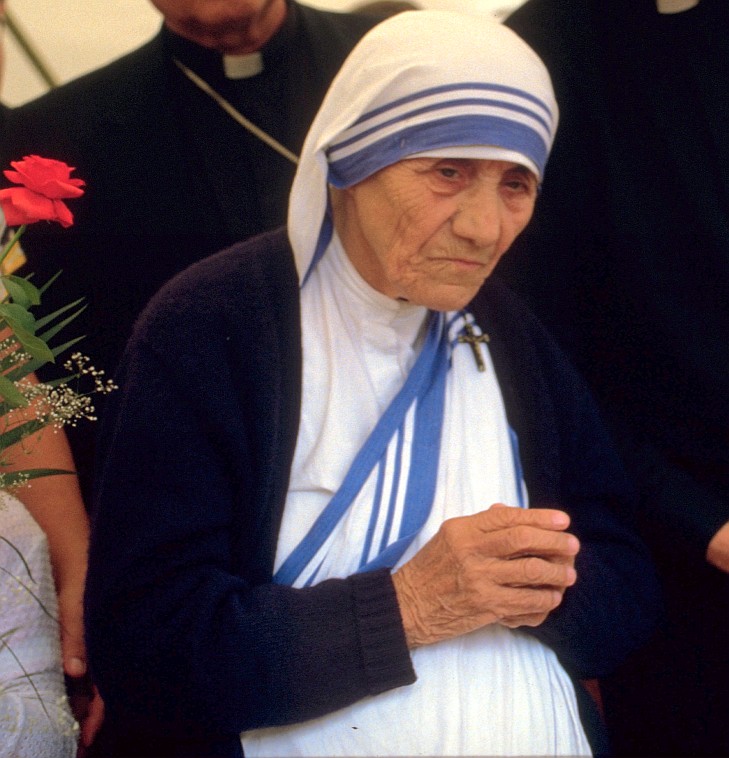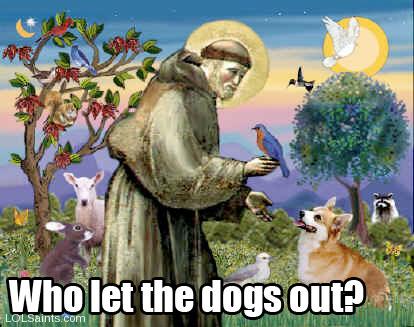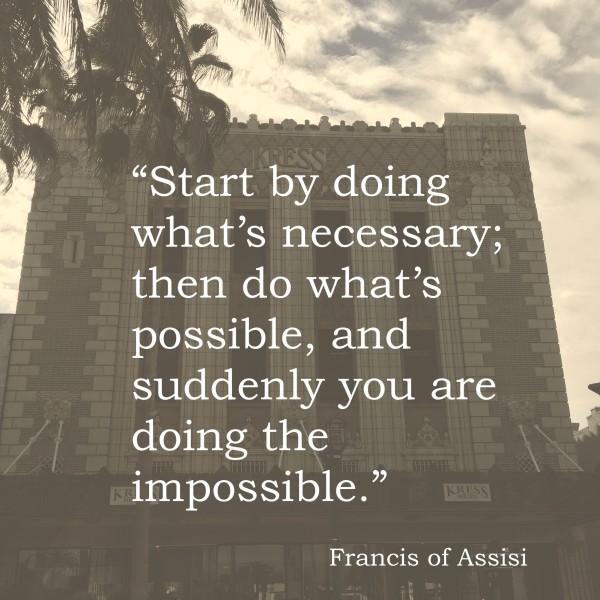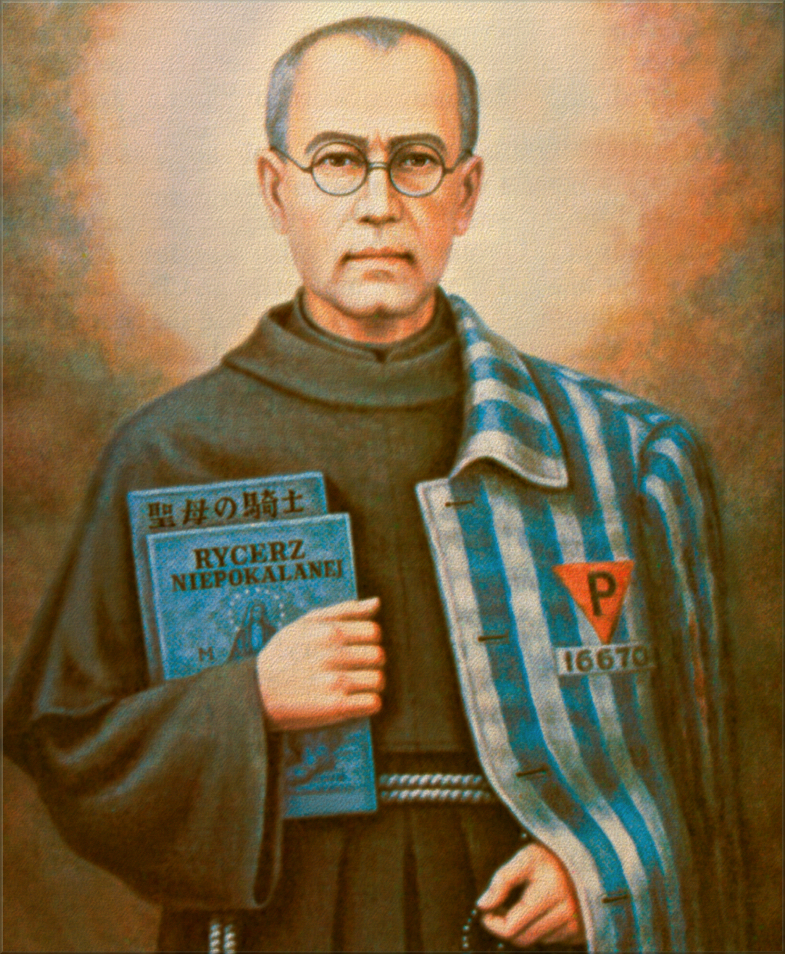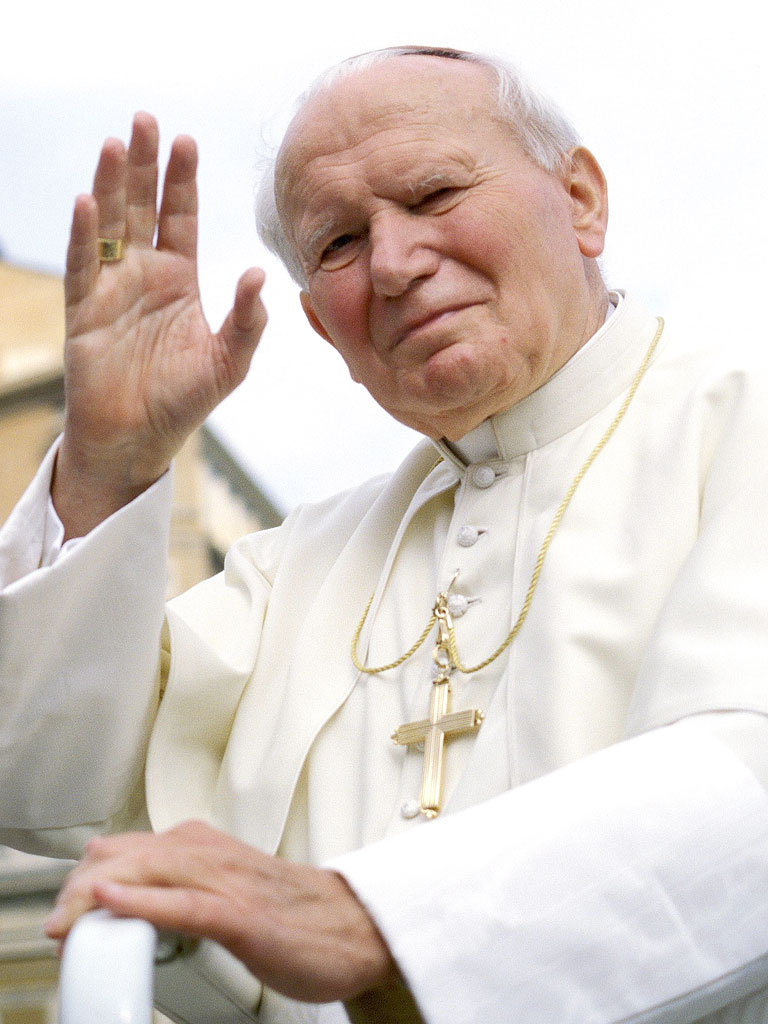 Pope John Paul II was born on May 18th 1920 in Wadowice Poland. In 1938, he attended Krakow's Jagiellonian University for theater and poetry but it was shut down the following year by Nazi troops. He then decided to become a priest and attended a secret seminary run by the archbishop of Krakow. He finished studying at Krakow seminary after WW2 ended and was ordained in 1946. In 1958, John Paul became the bishop of Ombi and the archbishop of Krakow in 1964. He participated in the Second Vatican Council and was made a cardinal in 1967 by Pope Paul VI. In 1978, he became the first non-Italian pope in over 400 years.
Pope John Paul II was born on May 18th 1920 in Wadowice Poland. In 1938, he attended Krakow's Jagiellonian University for theater and poetry but it was shut down the following year by Nazi troops. He then decided to become a priest and attended a secret seminary run by the archbishop of Krakow. He finished studying at Krakow seminary after WW2 ended and was ordained in 1946. In 1958, John Paul became the bishop of Ombi and the archbishop of Krakow in 1964. He participated in the Second Vatican Council and was made a cardinal in 1967 by Pope Paul VI. In 1978, he became the first non-Italian pope in over 400 years.  During his time as pope, John Paul visited more than 100 countries worldwide preaching messages of peace and faith. In 1981, he was shot in the abdomen in St. Peter's Square by a young Turk named Mehmet Ali Agca. The pope was hospitalized and quickly recovered from his wounds. In 1983, he visited a prison in Rome where Mehmet was living and forgave his would-be-assassin. In 1985, he initiated World Youth Day. The first WYD was held in 1987 and the event has been held around every 3 years since then. For the next 15 or so years, Pope John Paul II continued to advocate for human rights by frequently speaking out against controversial topics such as capital punishment and contraception. In 2001, one of his doctor's revealed that the pope had Parkinson's disease which eventually led to his death on April 2nd 2005 at the age of 84.
During his time as pope, John Paul visited more than 100 countries worldwide preaching messages of peace and faith. In 1981, he was shot in the abdomen in St. Peter's Square by a young Turk named Mehmet Ali Agca. The pope was hospitalized and quickly recovered from his wounds. In 1983, he visited a prison in Rome where Mehmet was living and forgave his would-be-assassin. In 1985, he initiated World Youth Day. The first WYD was held in 1987 and the event has been held around every 3 years since then. For the next 15 or so years, Pope John Paul II continued to advocate for human rights by frequently speaking out against controversial topics such as capital punishment and contraception. In 2001, one of his doctor's revealed that the pope had Parkinson's disease which eventually led to his death on April 2nd 2005 at the age of 84. Pope John Paul II was beatified on May 1st 2011 by Pope Benedict XVI and canonized by Pope Francis on April 27th 2014. He is recognized as the patron saint of the Archdioceses of Krakow, World Youth Day, families and young Catholics.
Here is a short video of Pope John Paul II's canonization along with Pope John XXIII:
I believe St. John Paul II's story is relevant today because of his compassion and his example of forgiveness. Forgiving somebody after they have hurt you or done you wrong can be very difficult. It is hard to love them instead of hurting them the way they hurt you. The pope forgave a man who tried to kill him! How many of us could say that we would do the same thing? If he can do that, then we can surely forgive people who we are close to that have hurt us. I mean, can anyone truly say that they have never hurt someone else? We are human, we make mistakes. We are also capable of understanding and compassion. We are able to see where others went wrong and put ourselves into their situations. When we forgive someone, we are not only freeing them from their guilt, but we are releasing our own resentment. We will be much happier if we forgive others instead of holding grudges.
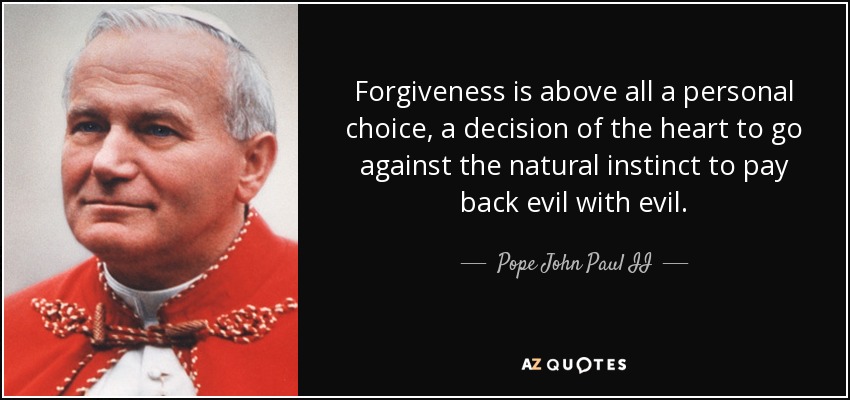 John Paul II showed incredible compassion and love towards Mehmet Ali Agca. He put himself into Mehmet's shoes and saw that forgiving was the right thing to do. There are a few things that we can remember when forgiving someone:
John Paul II showed incredible compassion and love towards Mehmet Ali Agca. He put himself into Mehmet's shoes and saw that forgiving was the right thing to do. There are a few things that we can remember when forgiving someone: - We are human, we make mistakes
- It does not dwell to hold on to the past
- Everyone deserves a second chance
- You may not know what they are going through
- It is much worse to hold on to the pain
- Moving on can make way for happiness
Resources:
http://www.catholic.org/pope/jp2/
http://www.biography.com/people/john-paul-ii-9355652
https://en.wikipedia.org/wiki/World_Youth_Day

